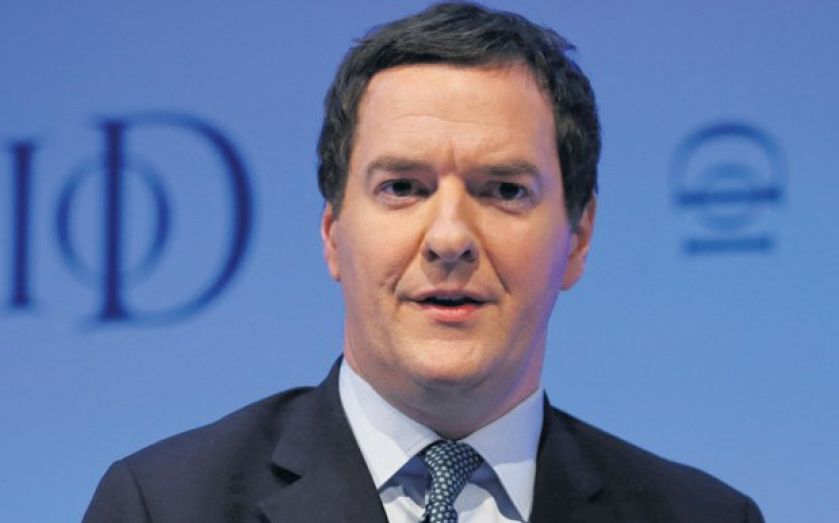Investment adds to growth hopes

■ Strong growth confirmed for the first quarter – which could still be revised upwards
■ Manufacturing and business investment improvements suggest a broadening recovery
■ But public finance figures disappoint, with the continuing rise of the budget deficit
THE CONTINUED recovery of the British economy was confirmed yesterday, with growth at a solid 0.8 per cent in the first quarter, and encouraging signs of rebalancing to business investment and manufacturing.
The Office for National Statistics (ONS) confirmed the robust expansion with some analysts expecting that growth would be further revised up. Late in April, the Bank of England suggested growth would be one per cent for the first three months of the year.
However, figures yesterday also showed that the decent growth had not been enough to significantly reduce the deficit. The Treasury’s borrowing actually increased to £11.5bn last month, 21 per cent more than the £9.5bn recorded in the same month last year.
Though stamp duty and corporation tax revenues have increased significantly over the 12 months, up 29.8 per cent and 9.6 per cent respectively, income tax receipts dropped 6.8 per cent, mainly because high earners shifted their earnings into April last year, to take advantage of the end of the 50 per cent tax rate.
Despite the drop in revenues, figures for business investment suggest the recovering is becoming increasingly balanced, with a fifth quarter of expansion recorded. Capital spending by firms climbed by about £900m in the first quarter, a 2.7 per cent increase, meaning investment is now up by 8.7 per cent year-on-year.
“Business investment still remains 17 per cent below its pre-recession peak in the first quarter of 2008, so there’s still a long way to go before these losses are made up. The upward trend is encouraging, however, and has also been supported by a 12 per cent rise in housing investment over the same period,” said PwC chief economist John Hawksworth.
The Confederation of British Industry is also suggesting that the manufacturing sector is growing faster than the economy overall.
The latest result from its industrial trends survey shows 15 per cent more firms reporting expansion than contraction for the third month, far higher than the survey’s two per cent average.
Analyst Paul Holl-ingsworth, of Capital Econ-omics, suggests that the figure would translate to a four per cent annual growth rate for the sector.
The UK’s trade performance was one of the few economic indicators that disappointed yesterday. Although the UK’s trade deficit shrank slightly, to £4.1bn from a £4.2bn in the fourth quarter, exports actually dropped by one per cent during the period.
Howard Archer, chief UK economist at IHS Global Insight, said the trade situation was likely to continue: “The upside for exports will likely be limited by only gradually improving domestic demand in the Eurozone and the strength of the pound.”
As the economy recovers, the number of young people out of work and education is also falling – during the first quarter, there were 975,000 people under 25 not in education, employment of training (NEET).
Although still high, the improving labour market has helped to cut the number by 10.8 per cent from the same period in 2013, a reduction of 975,000.